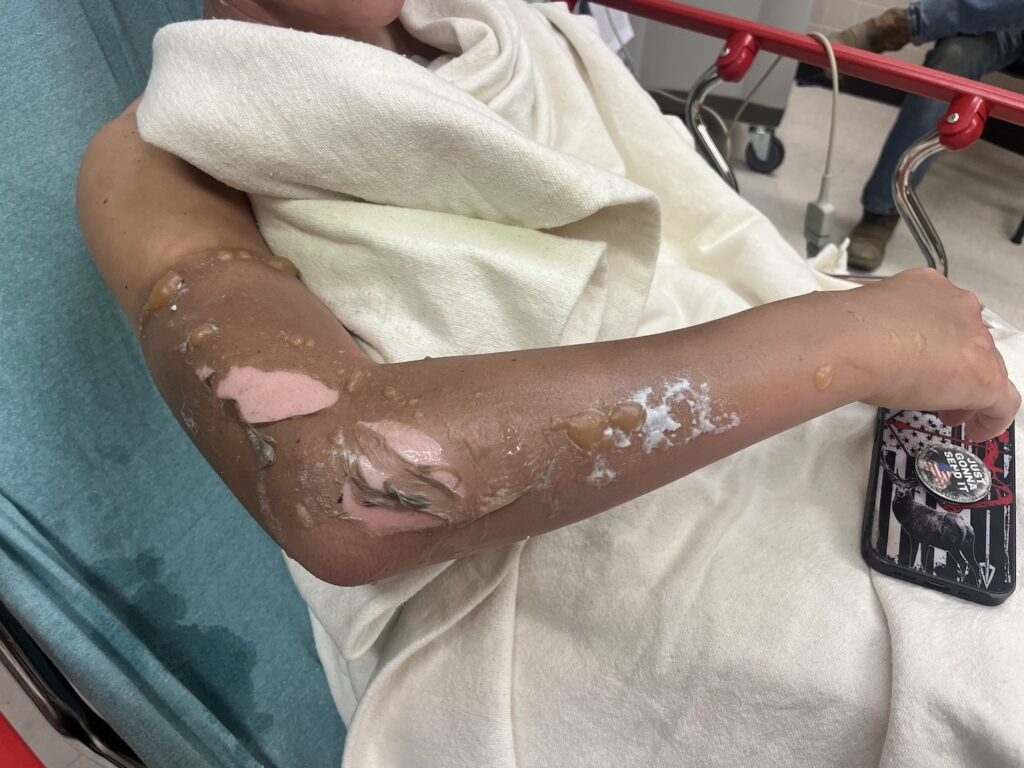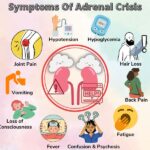Severe burns constitute life-threatening trauma affecting the skin and potentially underlying tissues. These injuries may result from heat, chemicals, electricity, or radiation. The severity of a burn is determined by its depth, extent (total body surface area affected), and location. Immediate and specialized intervention is vital to reduce mortality and improve functional and cosmetic outcomes.

Burn Classification: Depth and Extent of Injury
Degrees of Burns
- First-Degree Burns: Superficial, affecting only the epidermis. Characterized by erythema, pain, and no blistering.
- Second-Degree Burns: Partial-thickness burns involving the dermis. Blistering, intense pain, and wet appearance are typical.
- Third-Degree Burns: Full-thickness burns destroying both epidermis and dermis. These appear leathery, dry, and painless due to nerve damage.
- Fourth-Degree Burns: Extend into muscle, tendon, or bone. Often result from prolonged thermal or electrical exposure.
Burn Size Assessment
- Rule of Nines: Used to estimate total body surface area (TBSA) burned in adults.
- Lund-Browder Chart: Provides more accurate TBSA estimation, especially in children.
Immediate and Pre-Hospital Burn Care
Critical First Steps
- Remove source of injury.
- Stop the burning process: Use cool (not cold) water; avoid ice.
- Airway assessment: Especially in facial burns or suspected inhalation injury.
- Circulation: Begin IV access and fluid resuscitation if burn >10% TBSA.
Pre-Hospital Goals
- Maintain airway, breathing, circulation.
- Cover burns with clean, dry cloth.
- Avoid applying ointments or creams in the field.
Fluid Resuscitation and Burn Shock Management
Severe burns exceeding 20% TBSA lead to capillary leakage, resulting in hypovolemic shock. Prompt fluid therapy is essential.
Parkland Formula
- Use Lactated Ringer’s solution.
- Monitor urine output (goal: 0.5–1 mL/kg/hr in adults).
Burn Center Referral Criteria
Referral to a specialized burn unit is recommended for:
- Burns >10% TBSA
- Full-thickness burns
- Burns involving face, hands, feet, genitalia, or joints
- Electrical, chemical, or inhalation injuries
- Burns with preexisting medical conditions
Wound Care and Infection Prevention
Debridement
- Remove necrotic tissue to prevent infection and facilitate healing.
- Performed daily or surgically depending on depth.
Topical Antimicrobial Agents
- Silver sulfadiazine, mafenide acetate, or bacitracin depending on wound depth and location.
Dressing Techniques
- Non-adherent, antimicrobial dressings with daily inspection.
- Negative pressure wound therapy may assist with large wound closure.
Surgical Management and Skin Grafting
Autografting
- Gold standard for deep partial and full-thickness burns.
- Harvested from the patient’s healthy skin.
Allografts and Xenografts
- Used as temporary biologic coverings.
- Reduce fluid loss and protect from infection until autograft is possible.
Skin Substitutes
- Bioengineered products may aid in long-term dermal regeneration.
Inhalation Injury and Respiratory Support
Burns associated with inhalation injury drastically increase mortality.
Signs include:
- Singed nasal hairs
- Carbonaceous sputum
- Hoarseness or stridor
- Facial burns
Management:
- Early intubation for airway protection
- Bronchodilators and pulmonary hygiene
- Monitor for acute respiratory distress syndrome (ARDS)
Metabolic and Nutritional Support
Hypermetabolism is a hallmark of severe burns.
- High-protein, high-calorie diet essential for wound healing
- Enteral feeding initiated early (within 24 hours) in large burns
- Supplementation with vitamins A, C, E, and zinc is beneficial
Psychological and Rehabilitation Considerations
Severe burns cause lasting physical and emotional trauma. Rehabilitation must begin early.
- Physical therapy to prevent contractures and preserve mobility
- Occupational therapy for functional recovery
- Psychological counseling to manage depression, PTSD, and body image issues
Complications of Severe Burns
- Infections and sepsis
- Contractures and hypertrophic scarring
- Renal failure from rhabdomyolysis
- Compartment syndrome
- Chronic pain and neuropathic syndromes
Timely intervention and multidisciplinary care mitigate long-term disability and improve survival rates.
Long-Term Outcomes and Follow-Up Care
Survivors of severe burns require ongoing care:
- Scar management: pressure garments, silicone gel sheets, and laser therapy
- Functional assessments and revision surgeries
- Social reintegration and support services
- Ongoing immunizations, including tetanus and pneumococcal vaccines
Severe burns represent a complex medical emergency requiring swift evaluation, resuscitation, and specialized care. Accurate burn assessment, aggressive fluid therapy, surgical intervention, and long-term rehabilitation are all critical to survival and recovery. A multidisciplinary team approach ensures not only wound healing but restoration of function and psychological well-being.

